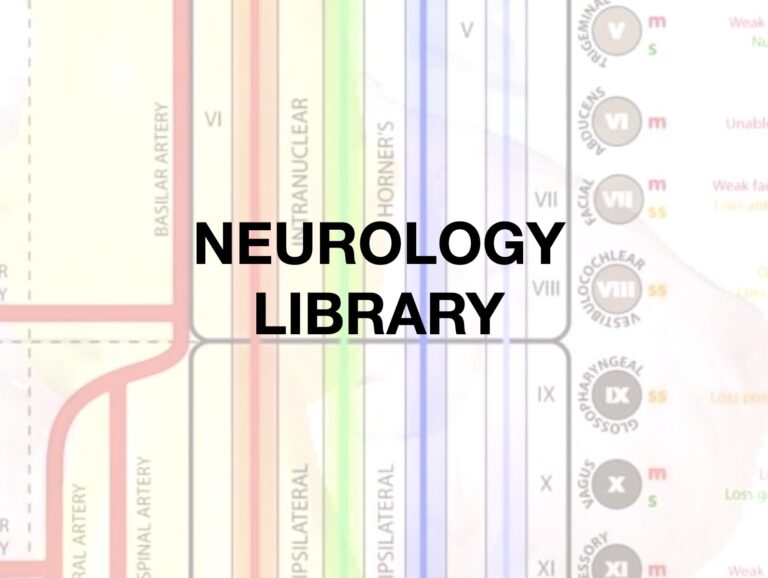
Headache prophylaxis
Prophylactic treatments for headache pain are especially relevant for patients suffering from migraine headaches.

Prophylactic treatments for headache pain are especially relevant for patients suffering from migraine headaches.

Laboratory tests for patients with headache may be helpful under certain circumstances. A complete blood count (CBC), thyroid function, and erythrocyte sedimentation rate (ESR) are basic tests that are helpful

Here is an example algorithm in headache diagnosis

The neurological portion of your assessment of a patient with headache can give you important clues and must be undertaken carefully and diligently

Every headache patient will require a full neurological examination. In these articles we’ll briefly cover the components of a complete neurological exam

Headache triggers. Help your patient identify the key food and non-food triggers that can contribute to their headaches

Keep a Headache diary. Helping your patient to identify factors that contribute to their headaches might help reduce the severity and frequency of their headaches.

Taking a great headache history. Often, there may be symptoms before, during, or after the head pain, which the patient does not associate with their headaches.

Perhaps the most important aspect of headache care is accurately diagnosing your patient’s headache type.

The International Headache Society defines neuralgia as a pain in the distribution of a nerve or nerves, presumed to be due to dysfunction or injury of those neural structures.

Secondary headaches are, by definition, due to associated medical conditions. Let’s take a look at three severe conditions, often associated with headache

Secondary headaches are, by definition, due to associated medical conditions. Let’s take a look at three severe conditions, often associated with headache